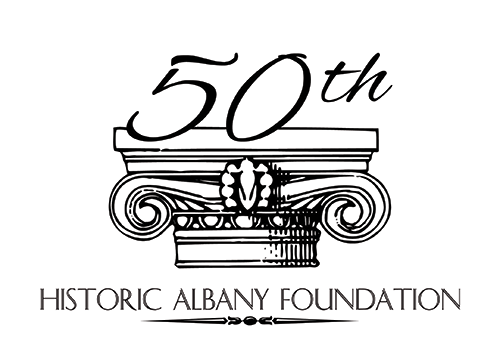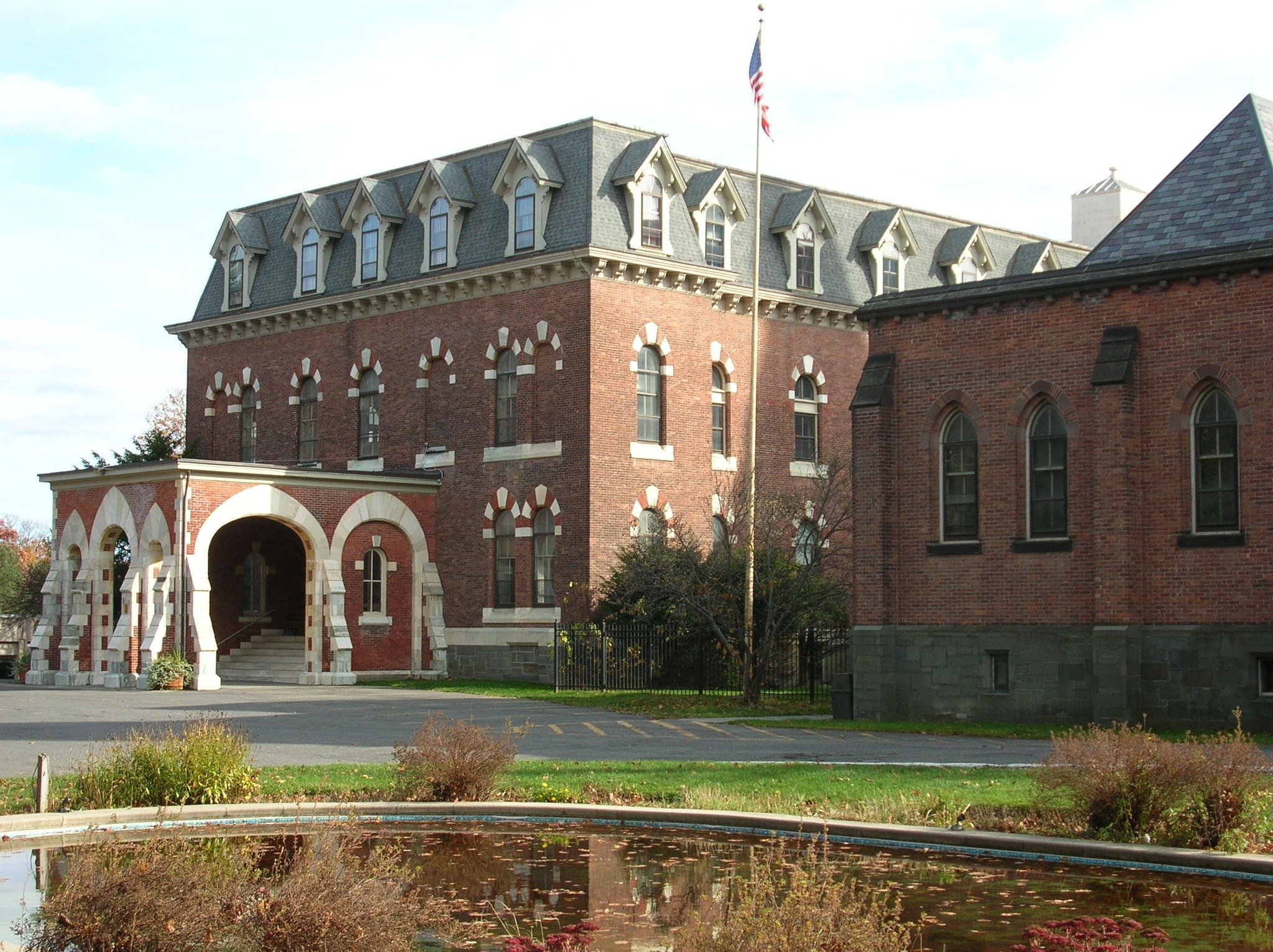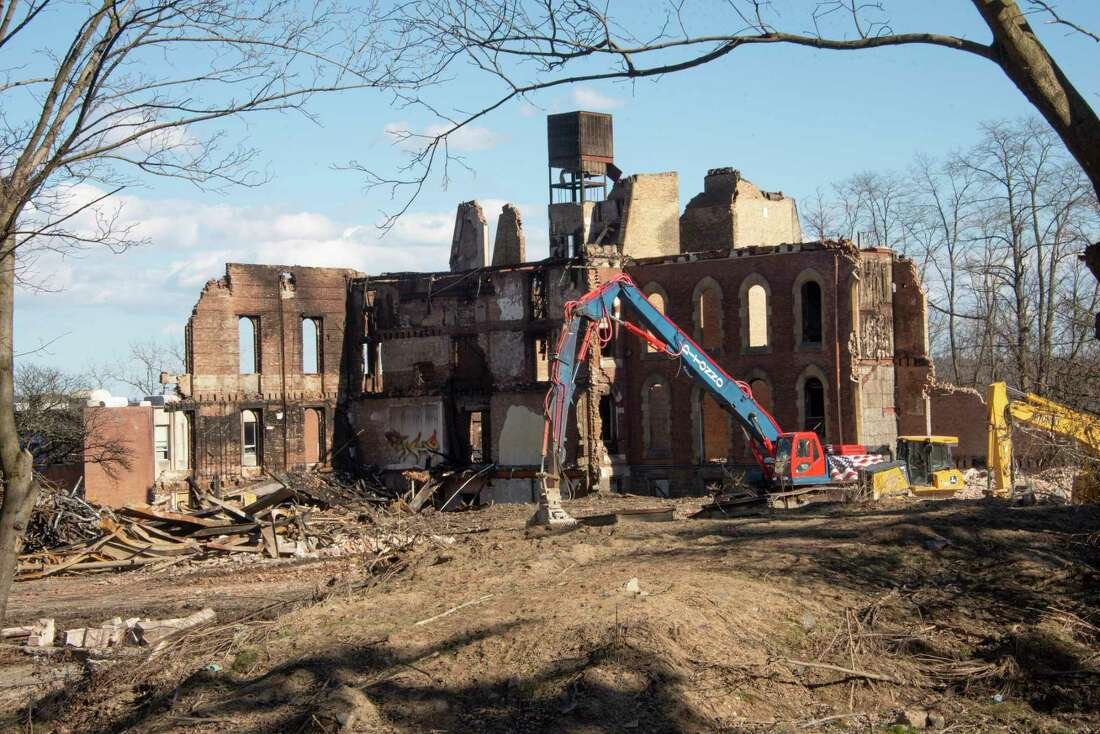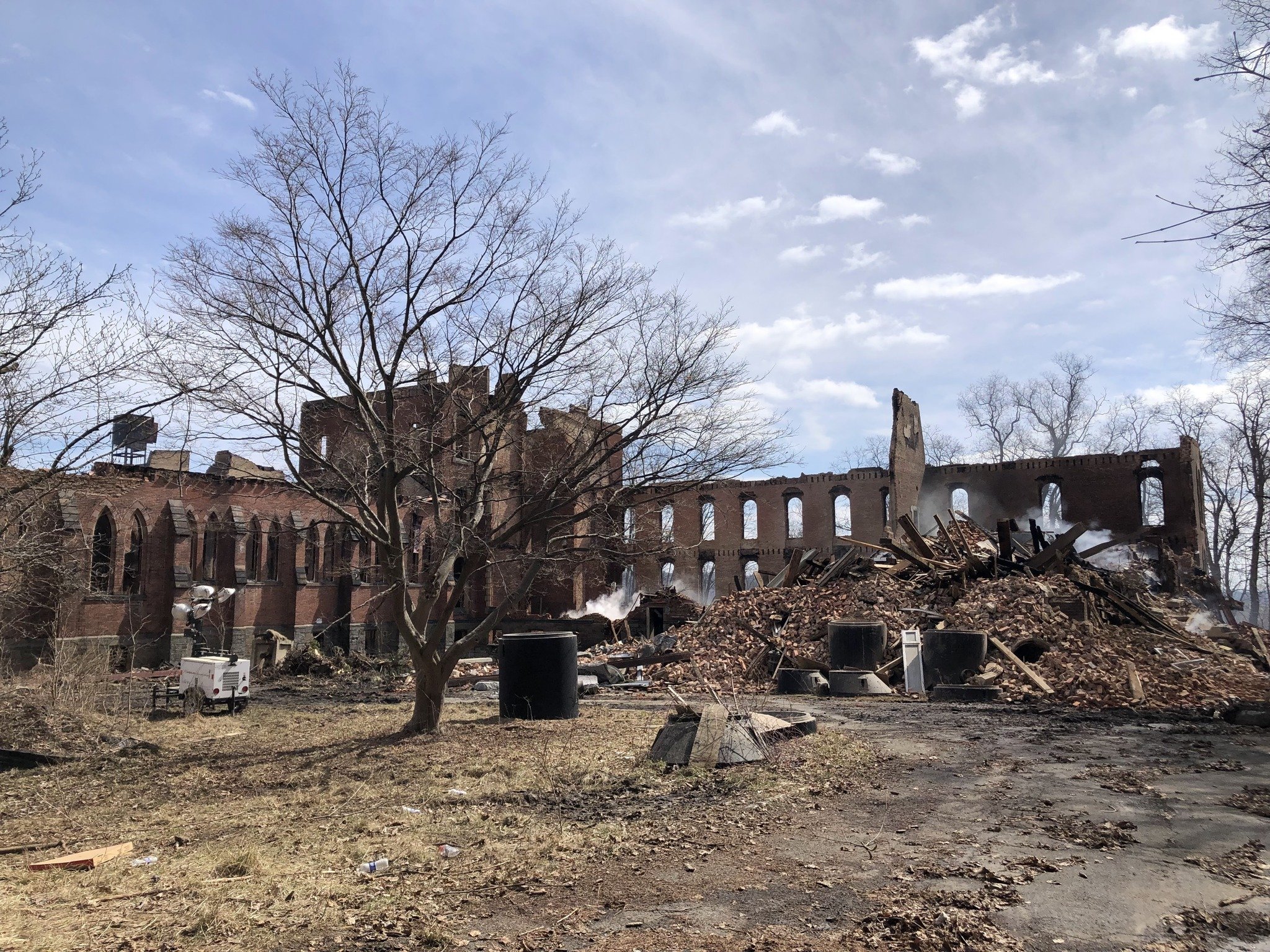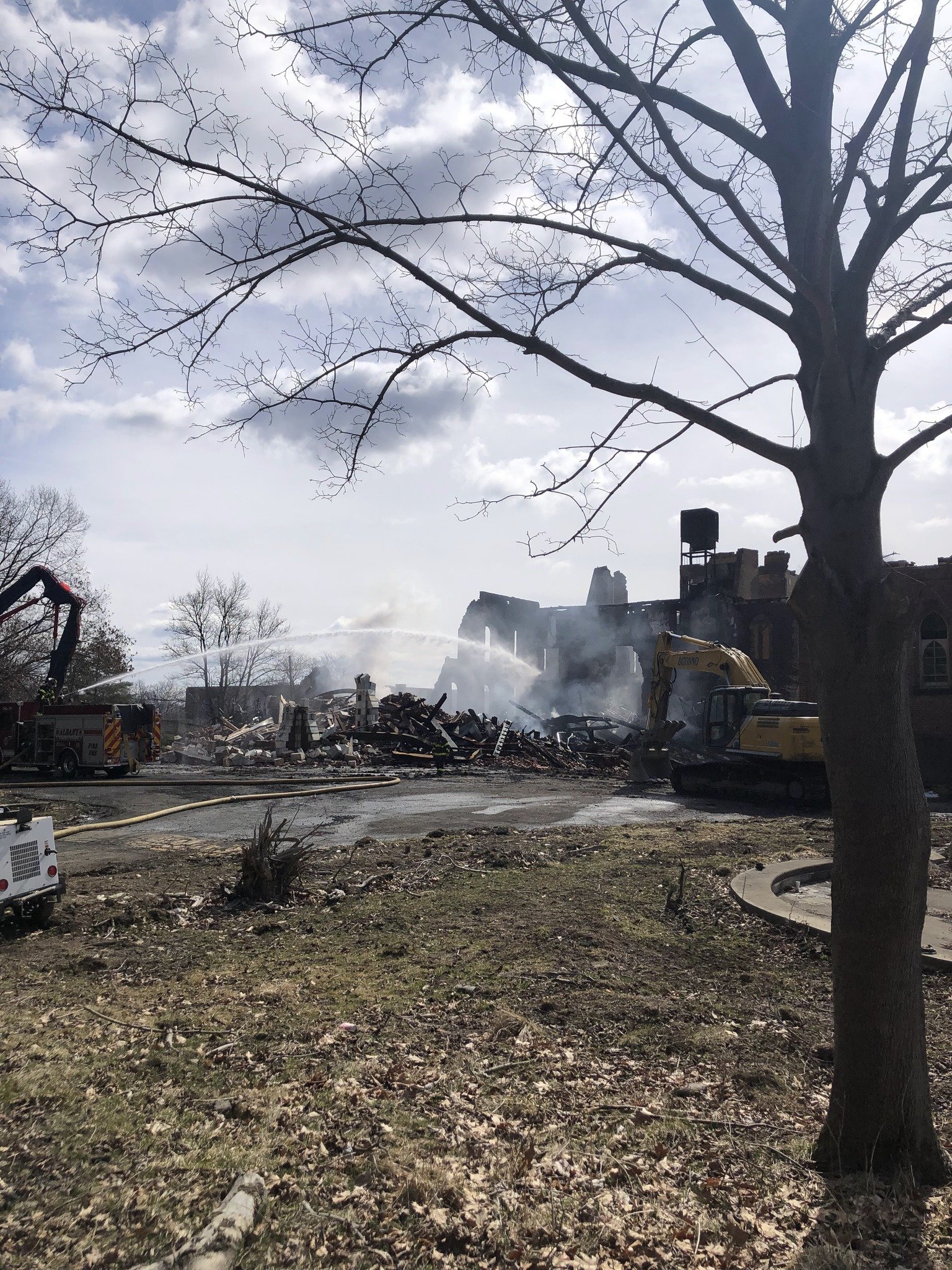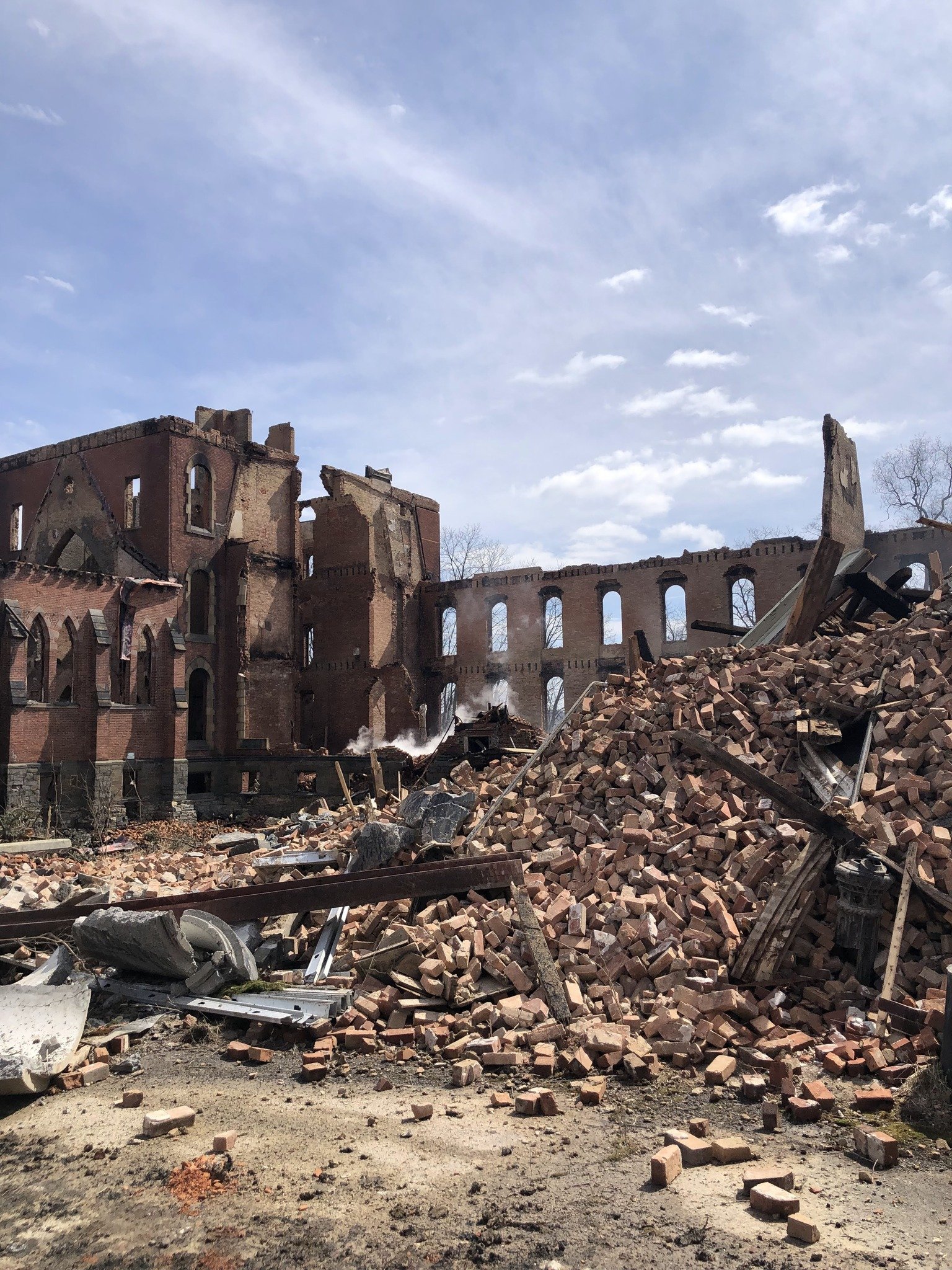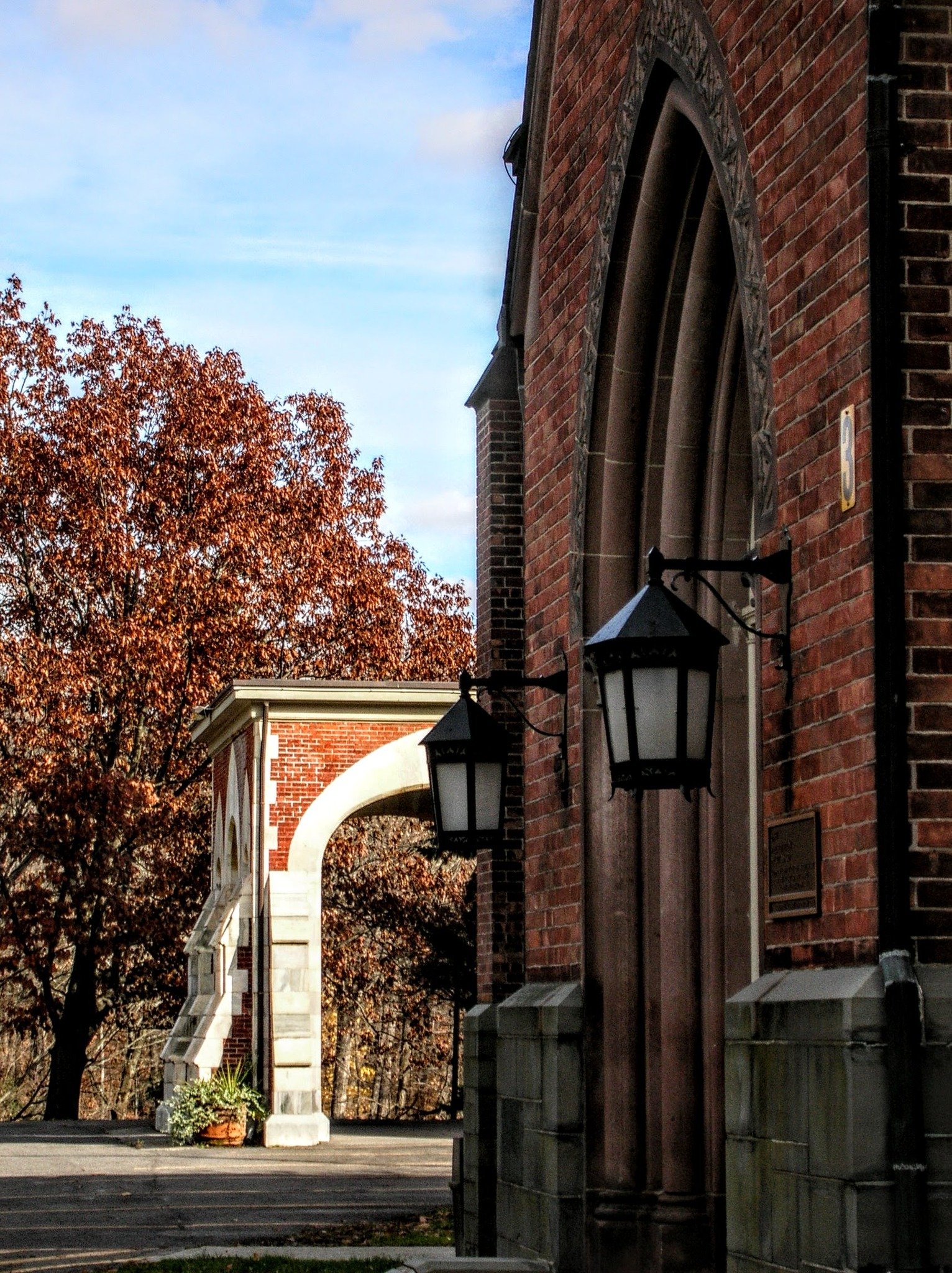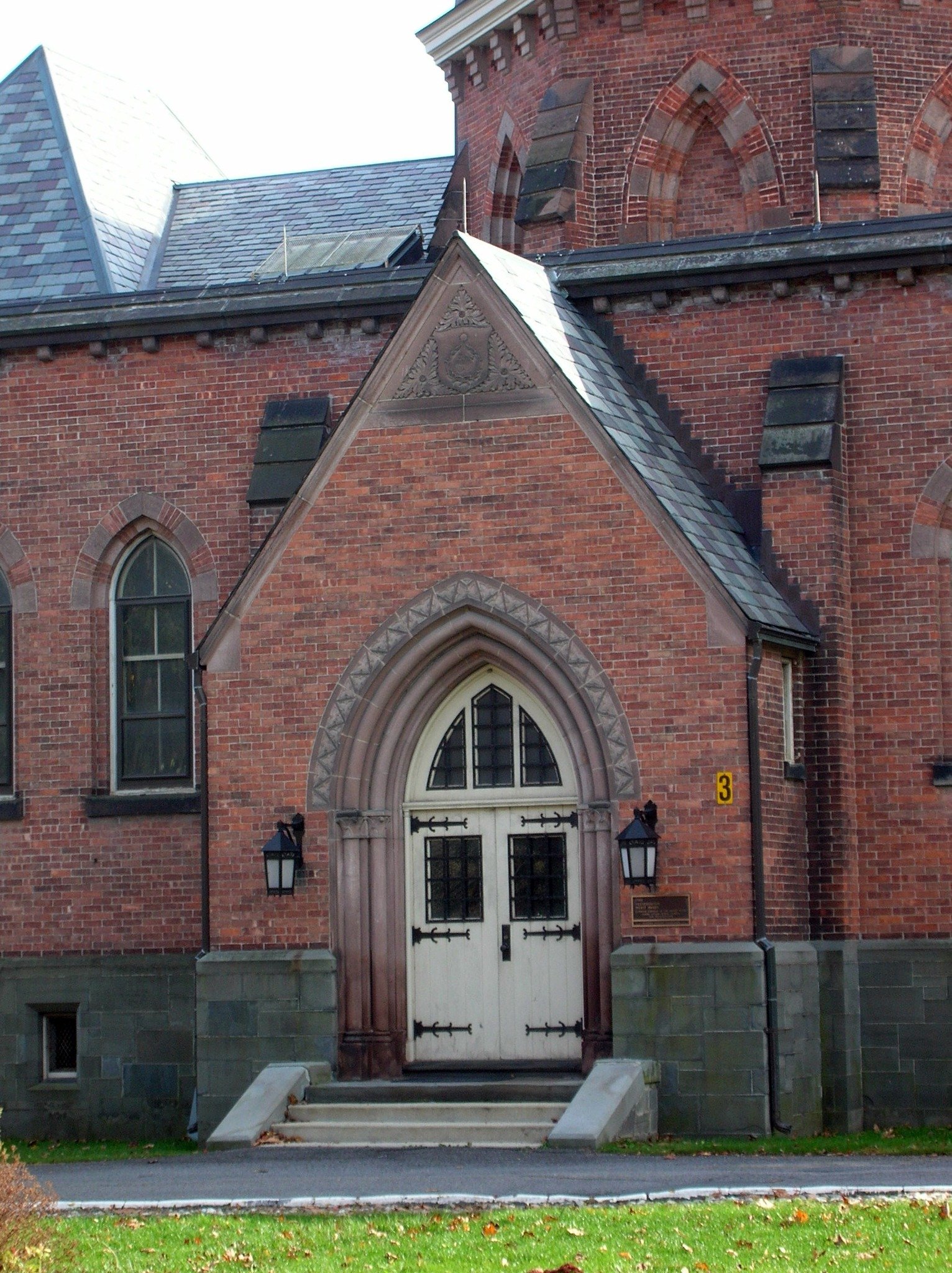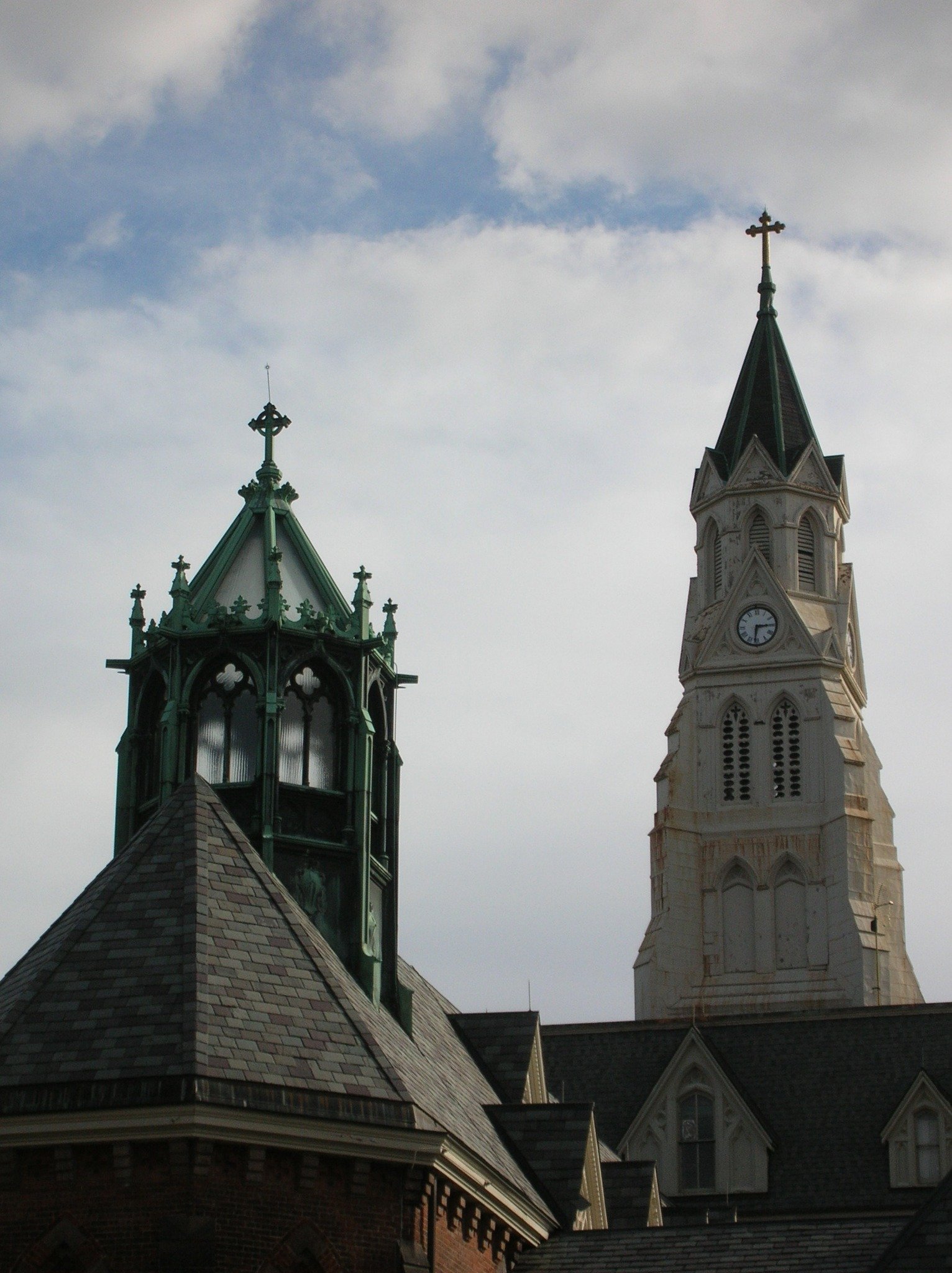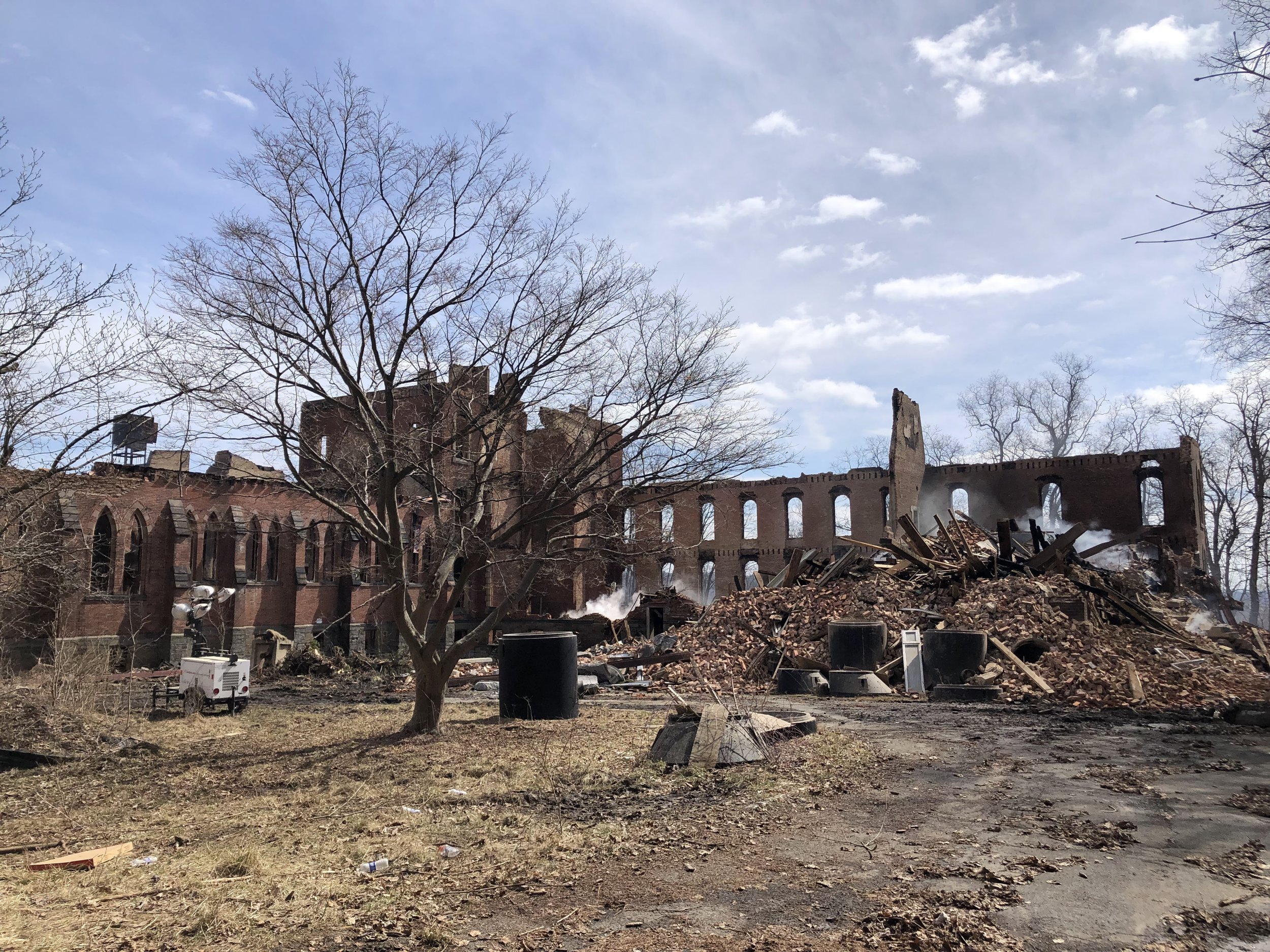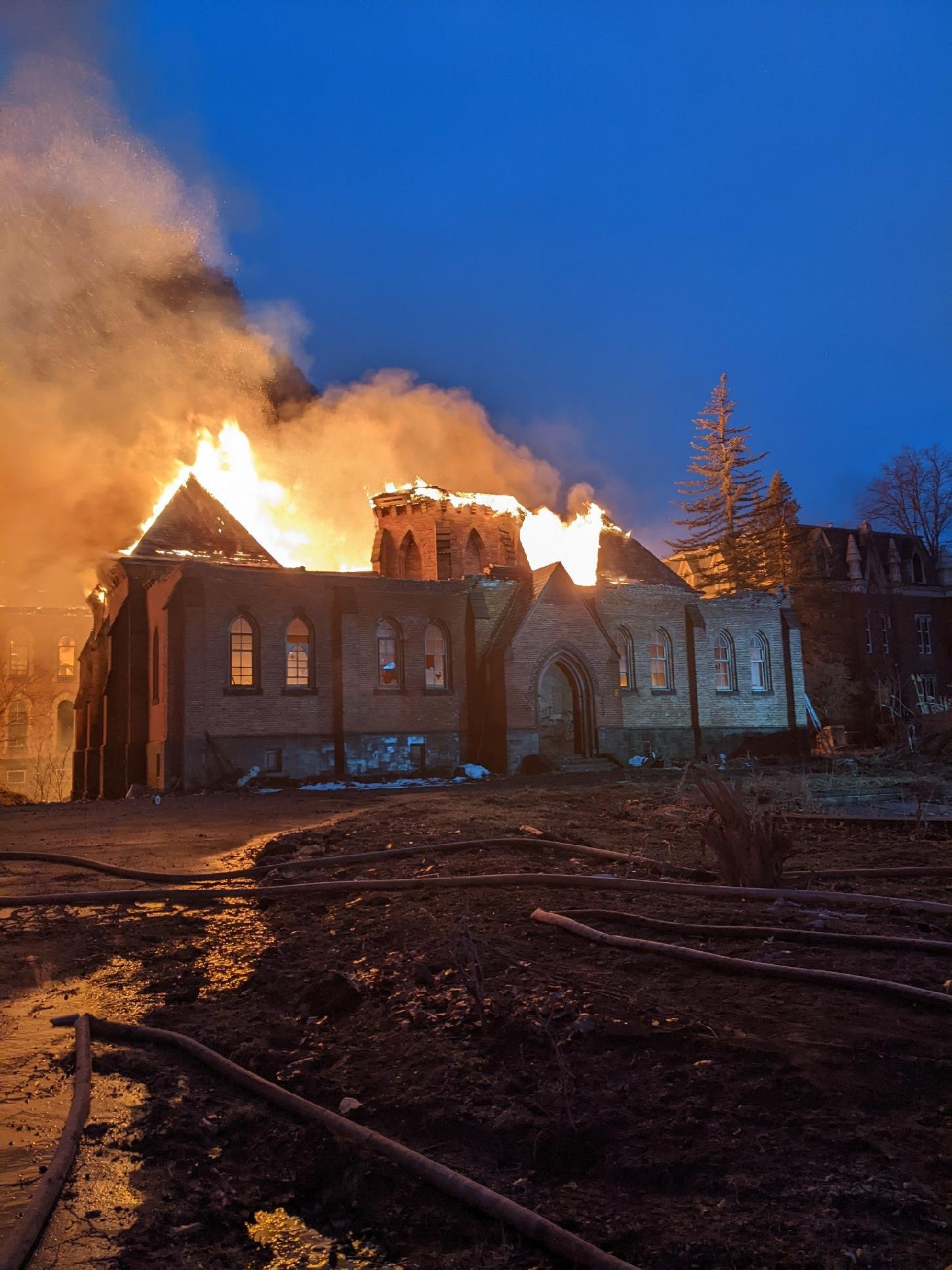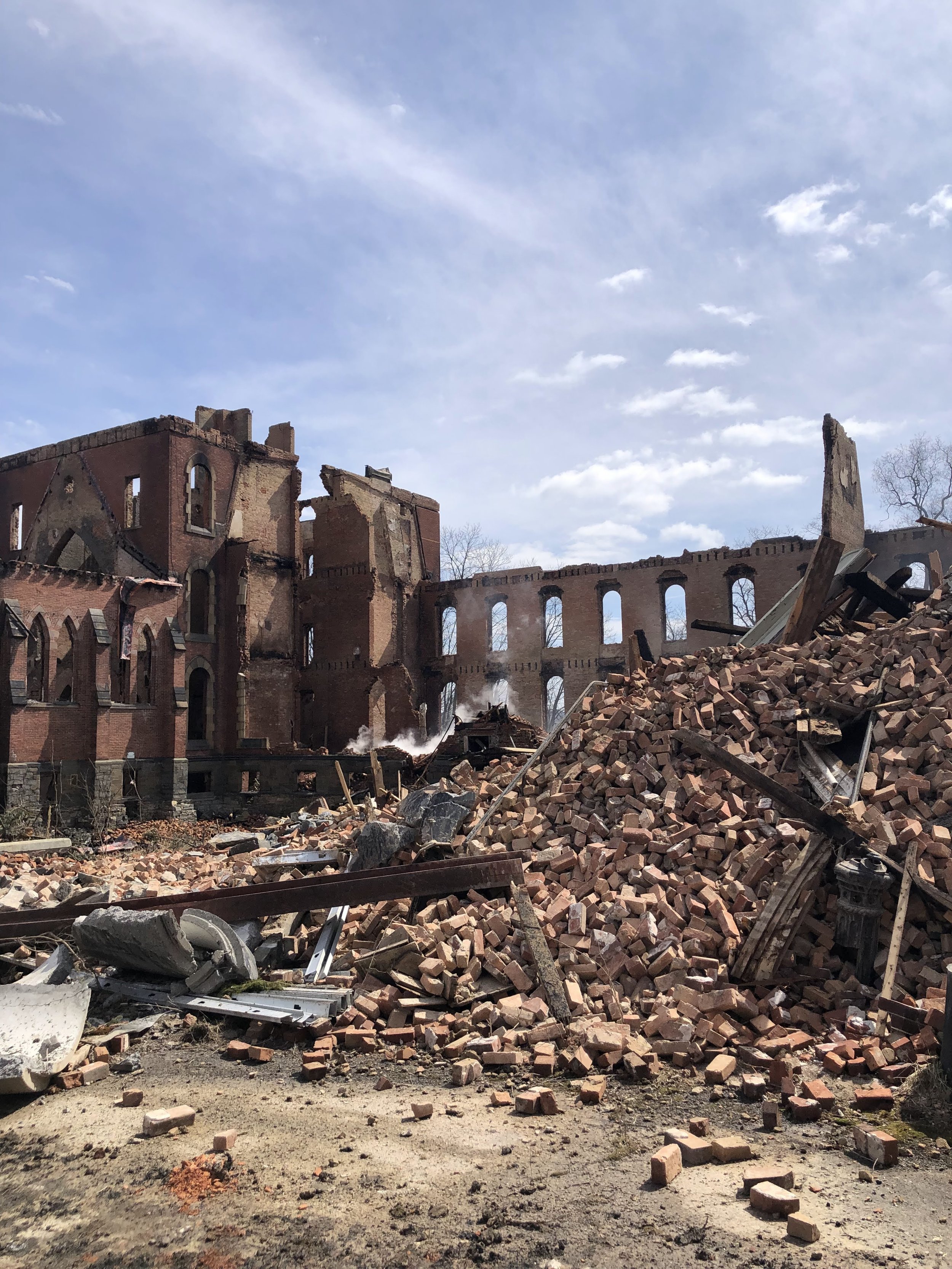HISTORIC ALBANY FOUNDATION RECEIVES $1.7 MILLION FOR RESTORATION OF THE OLDEST HOUSE IN ALBANY
/HISTORIC ALBANY FOUNDATION RECEIVES $1.7 MILLION FOR THE RESTORATION OF THE OLDEST HOUSE IN ALBANY
(April 27, 2023 Albany, NY) Historic Albany Foundation is pleased to announce that it has received two grants totaling $1.7 million dollars to restore the oldest house in Albany, the Van Ostrande-Radliff House located at 48 Hudson Avenue in downtown Albany.
HAF has been awarded a $500,000 National Endowment for the Humanities Infrastructure and Capacity Building Challenge Grant. HAF was one of twenty-four recipients, just ten in New York State, who can leverage federal funds to spur non-federal support for capital construction, renovation projects, and physical and digital capacity-building at cultural institutions, including 48 Hudson Avenue. HAF has already received the matching non-federal funds through a previously announced $500,000 grant from the New York State Parks, Recreation, and Historic Preservation. The National Endowment for the Humanities (NEH) is an independent federal agency created in 1965. It is one of the largest funders of humanities programs in the United States. NEH grants typically go to cultural institutions, such as museums, archives, libraries, colleges, universities, public television, and radio stations, and to individual scholars.
In Addition, HAF has received a $1,226,000 grant through the New York State Council on the Arts Infrastructure and Capacity Building program. NYSCA’s Capital Projects Fund focuses on supporting cultural institutions seeking state funding for investments in capital improvements that allow the organizations to sustain and expand cultural programming for diverse audiences, promote accessibility and environmental sustainability, preserve and create jobs, and ultimately contribute to the growth of New York’s arts and tourism sectors. HAF was eligible to apply for these funds as a recipient of NYSCA’s annual general operating support.
Board president Matt Malette stated, “I am so very pleased that Historic Albany Foundation has received a $500,000 grant from the National Endowment for the Humanities (NEH) but also a $1,226,000 grant from the New York State Council on the Arts (NYSCA) to aid in the restoration of 48 Hudson Avenue, the oldest remaining building in the city of Albany. Knowing how incredibly difficult it is to win, not one, but both of these grants shows a great amount of dedication and determination from members of our staff and board that I'll be forever thankful for. It also sends an incredible vote of confidence from both the state and federal levels of government that they believe that this urban jewel is also worth saving. We are beyond honored and humbled to be able to continue one of the largest projects in Historic Albany's near-50-year history”
With these two awards, Historic Albany has now received the anticipated grant funds needed to restore the building. The remaining funds will come through the sale of $945,000 of rehabilitation tax credits that the organization cannot take advantage of being a non-profit.
Historic Albany Foundation is a private, not-for-profit membership organization that promotes the preservation and appreciation of the built environment in and around the city of Albany. Since 1974, the Foundation has fulfilled its mandate through public education, promotion, and membership, provision of design and technical assistance, community projects, advocacy for endangered buildings, publications, tours lectures, and operation of an architectural parts warehouse.
